Index of Articles and Essays
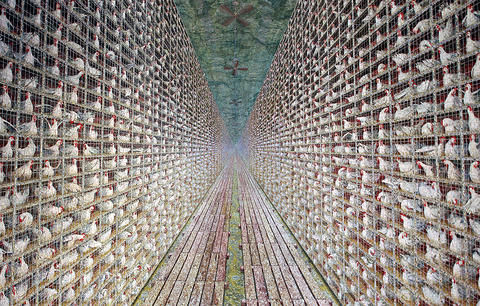
|
The “Chicken Painting” Returns to WAM! Ever wondered what 198 square feet of chickens looks like? Wonder no more, because you can see them in person at WAM. WAM is excited to announce the return of the famous “chicken painting” (officially titled Untitled) by Minnesota artist Doug Argue. Argue’s work was on prominent display at WAM’s grand re-opening in 1993, and quickly became a staple piece in WAM’s galleries. Standing at approximately 11 feet high by 18 feet wide, (hence the 198 square feet) the “chicken painting” spent 18 years as a centerpiece at the Weisman. |
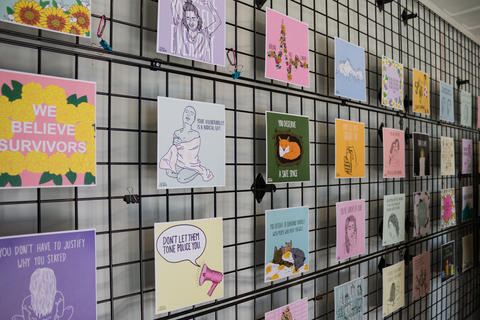
|
WAM Collective Senior Farewell Well, it’s official. We graduated. Our time on the WAM Collective has come to a close. I would like to extend my deepest thanks to Katie Covey, WAM staff, and all of the rest of the WAM Collective members for taking us in and providing us with opportunities to grow as people and professionals. Our time at WAM, and the University of Minnesota, was fleeting, but it prepared us with everything we need to know to tackle the “real world” or at least to tackle art museums. |
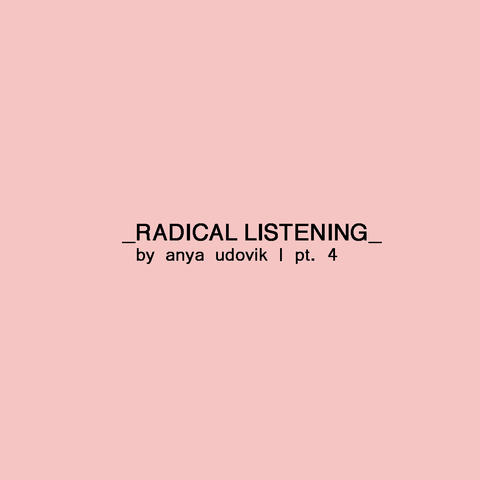
|
Radical Listening, Pt. 4 Final Thoughts & Reflections On a frigid April 26th evening, an incoherent line of students, participants, onlookers, and visitors filed out of the comfort of WAM’s packed Riverview gallery towards a carefully manicured plaza in the back of Coffman Memorial Union. We were participating in the closing event for The Talking Cure--we walked to burn the private responses from Rebecca Krinke’s What Needs to be Said. |
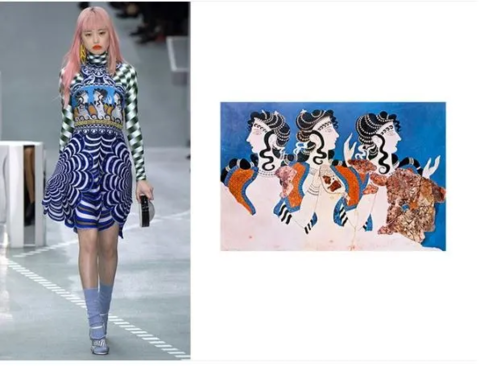
|
Which came first the fashion or the art? This week, the Weisman hosted our annual design showcase, this year titled Imprints. Every year the designers in the showcase are assigned an exhibition up at WAM from which to draw inspiration. This year, the designers explored the question of how we present ourselves in the world, in relation to WAM’s exhibition “The Talking Cure” by Melissa Stern and featured artwork “What Needs to Be Said?” by Rebecca Krinke. |
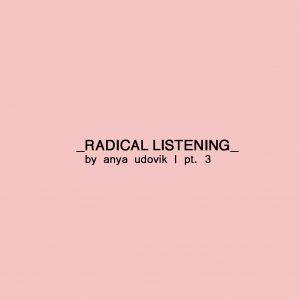
|
Radical Listening, Pt. 3 On Gallery Guards and Audience Engagement |